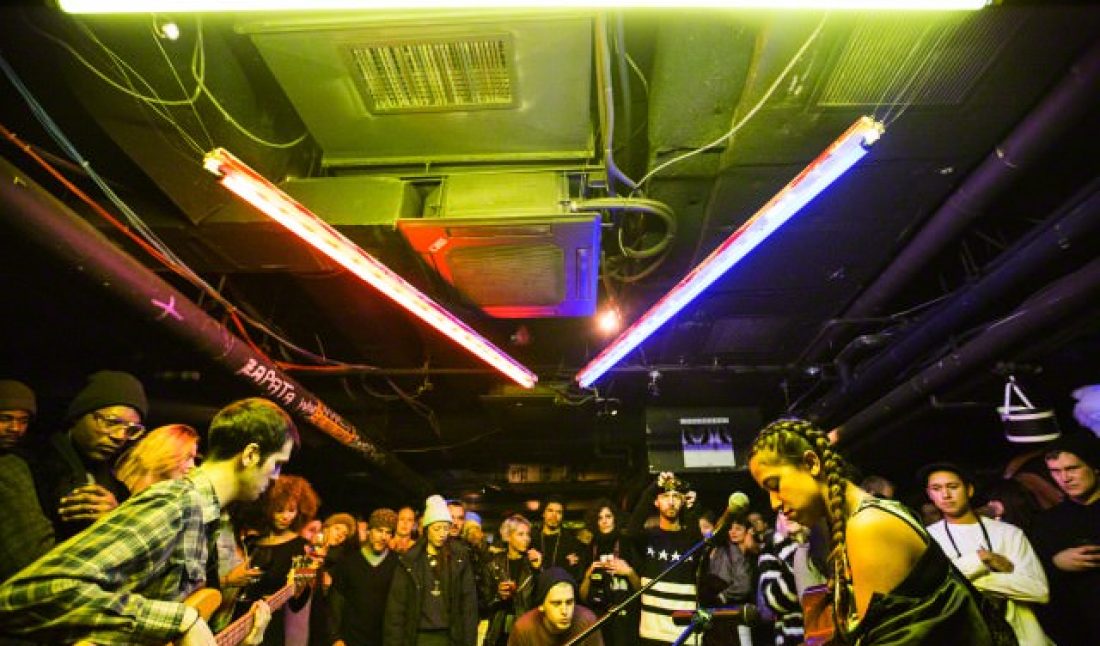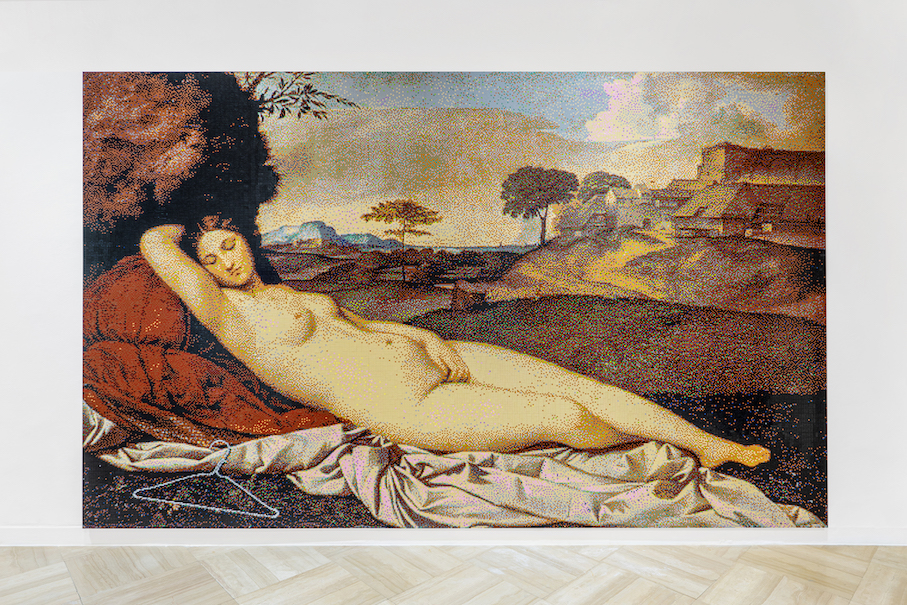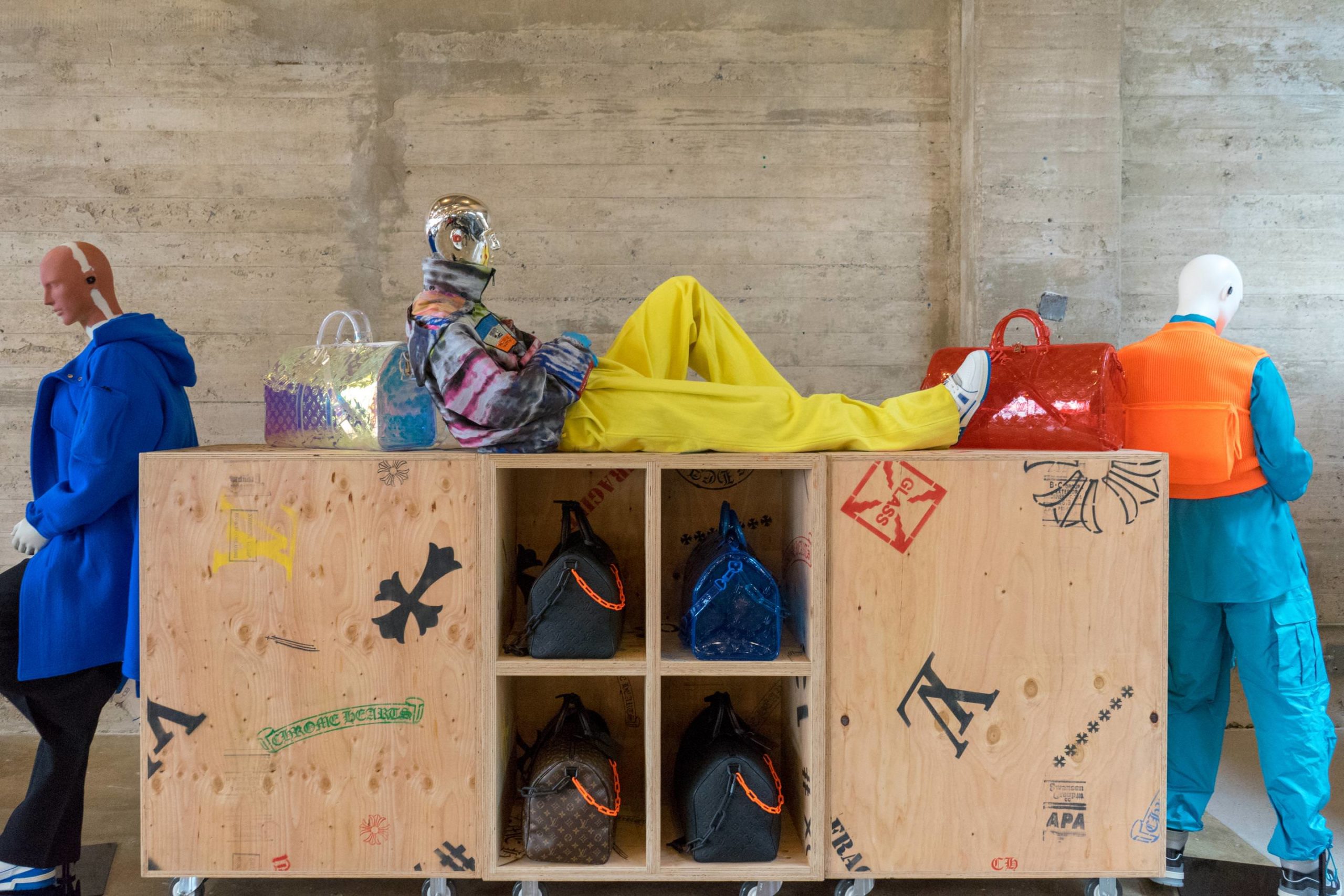The European Fine Art Fair (TEFAF) in Maastricht, the Netherlands, is widely regarded as the queen of the art fairs. Bringing together 274 galleries showcasing antiquities, antique furniture, Old Masters, high jewelry and, more recently, modern and contemporary art and design, it’s a high quality, old-money venture visited mostly by northern Europeans.
This year, huge vases of tulips decorated the wide aisles, making for an attractive decor. TEFAF is one of the strictest fairs, having over 170 experts in 29 specialist vetting committees to verify the authenticity and condition of all the objects. Another particularity is its duration, running a total of 11 days, the last of which was yesterday. This year, the fair found its dates coinciding with Art Basel Hong Kong. Although the clash is irrelevant for the dealers of historical art, it is disadvantageous for contemporary dealers.
 Jane Morris
Jane MorrisIn a clear move to attract more contemporary collectors, TEFAF invited collector and art historian Sydney Picasso, daughter-in-law of Picasso, to curate a special, selling section of contemporary art. “To survive in this world, TEFAF needs to enter into contemporary art and I chose the medium of sculpture because it’s easier to create a narrative between the past and the present,” she explained. Picasso chose seven artists, then London dealer Hidde Van Seggelen connected her with each one’s primary dealer so that she could pick the works. Titled “Night Fishing” in reference to fishermen formerly using a lamp to lure fish to the water’s surface at night, the section juxtaposes Tony Cragg‘s zigzagging figures, a wooden female torso and a bronze figure by Georg Baselitz, an elliptical arrangements of boats filled with raw rice by Wolfgang Laib, and small TV screens dizzying around a circle in an installation by Nam June Paik.
The mainstay of the fair, though, continues to be Old Master paintings and antiquities. Museum acquisitions include the Rijksmuseum in Amsterdam purchasing The Breach of the Sint Anthonisdijk at Houtewael, near Amsterdam, after the Night of 5-6 March 1651 (1651) by Jan Asselijn from Haboldt/ Pictura Fine Arts, Paris, for €1.25m. The dramatic painting depicts the moment shortly after the embankment was ruptured in a flood, its polders covered with five metes of water.
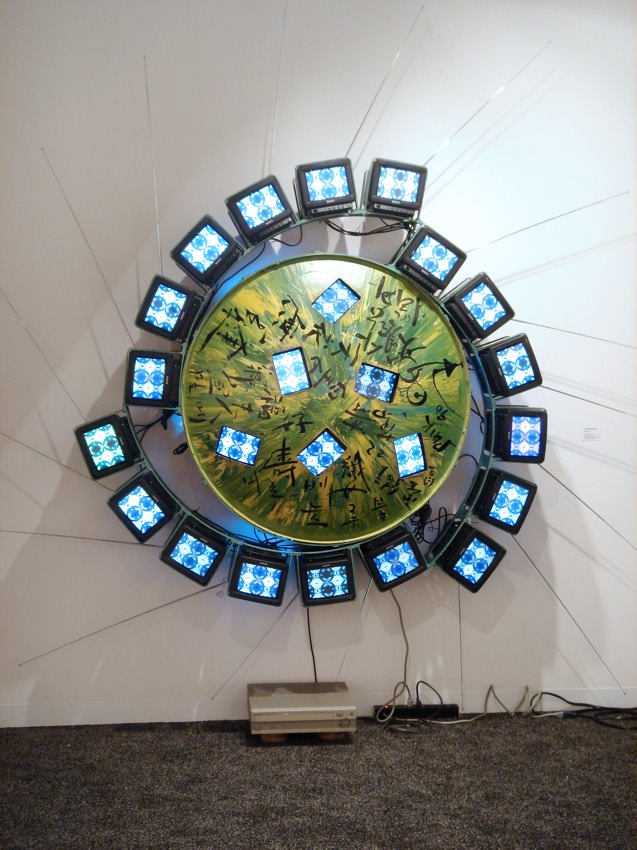 Coloured chalks; monogrammed, squared for transfer, and dated 1868
Coloured chalks; monogrammed, squared for transfer, and dated 1868Among the many paintings still available is a monochromatic, reddish-brown chalk portrait of Jane Morris (1868) by Dante Gabriel Charles Rossetti, priced at €2.5m at Maas Gallery from London. The Pre-Raphaelite artist was enamored of Morris, the wife of English textile designer William Morris, and portrayed her in numerous works. Here she is captured seated in a wicker chair with her hands resting in her lap, gazing in contemplation.
Another strength at TEFAF is decorative arts. One contemporary stand attracting attention is Yufuku Gallery from Tokyo. In the glass sculptures by Niyoko Ikuta, dozens of sheets of cut glass have been glued together using ultra-violet light to create fanned-out forms. In those by Masaaki Yonemoto, the various sheets of glass seem imperceptible, the skyscraper shapes having been achieved by slowly, painstakingly carving and polishing the silhouette by 1mm at a time.
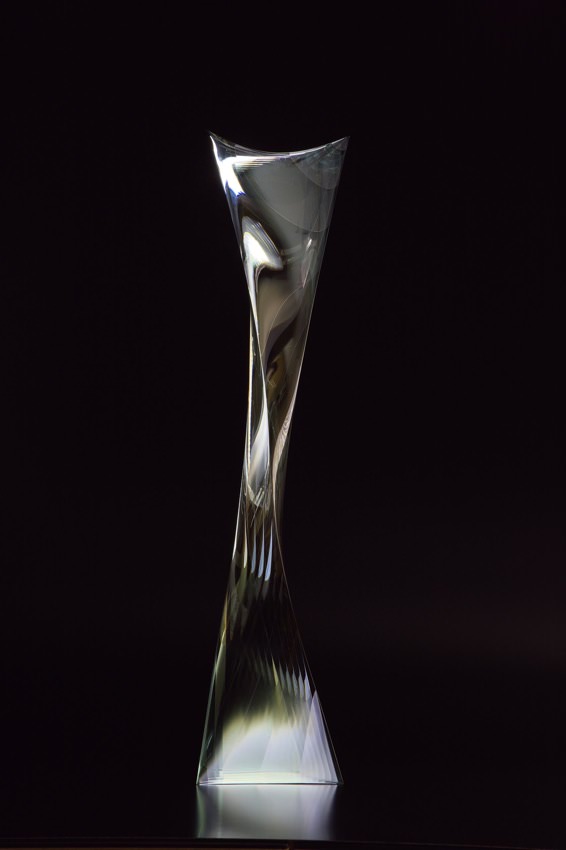 34.5 x 27 inches
34.5 x 27 inchesAt the stand of Maas Gallery






